Movement
Fun Fitness: Dancing Across the Decades
Hey there, fellow fitness aficionados! Today, we’re going to take you on a lively journey through the ages as we explore the magnificent world of dance. Get ready to put on your dancing shoes, because we’re about to unleash the power of rhythm, movement, and music for some good old-fashioned fun and fitness!
Dance has been an integral part of human culture for centuries, providing joy, self-expression, and entertainment. But did you know that dancing is also an excellent way to keep fit and healthy, regardless of your age? That’s right, my friends; it’s time to boogie down and sweat it out.
As we age, it becomes increasingly important to maintain an active lifestyle. Regular exercise improves cardiovascular health, increases flexibility, and enhances muscle strength. Dance combines all these benefits and more. Not only does it get your heart pumping, but it also engages various muscle groups, improving coordination and balance. So, whether you opt for the elegant waltz, the energetic salsa, or the freestyle hip-hop, you’ll be doing your body a world of good.
Now, let’s talk about the mental benefits of dancing. As we age, it’s crucial to keep our minds sharp and agile. Engaging in activities that challenge our cognitive abilities can help stave off age-related decline. Dancing fits the bill perfectly. Remembering dance steps, coordinating your movements, and syncing them to the rhythm of the music all require mental effort. This, in turn, boosts brain function and enhances memory. It’s like a workout for your mind and body combined!
One of the best things about dancing is that it’s a universal language. Regardless of your background or experience level, dancing brings people together, promoting social interaction and fostering a sense of community. Joining dance classes or attending social dance events is an excellent way to meet new people, make friends, and expand your social circle. It’s a beautiful opportunity to engage with others who share your passion for movement and music, turning your fitness journey into a social adventure.
Now, let’s address the elephant in the room—those who think dancing is something exclusively for the young. Well, let me tell you, my friends, that dancing knows no age limit. Just because you’ve seen a few more decades doesn’t mean you can’t join in on the fun. In fact, dancing can be especially transformative for the older population. It helps maintain flexibility, prevents muscle stiffness, and improves posture. More importantly, it keeps the joy and positivity alive as we navigate the golden years.
So, how do you get started with this amazing adventure? Well, the good news is that there are countless options available to you. From ballroom dancing to line dancing, tap dancing to Zumba, the choices are endless. Find a style that suits your preferences and physical abilities. You can start with simple dance routines and gradually progress to more challenging moves. Remember, it’s all about having fun and embracing the joy of movement.
If you’re unsure where to begin, consider joining a local dance studio or community center that offers classes specifically tailored to older adults. These specialized classes often cater to various fitness levels and provide a supportive environment where you can learn and grow at your own pace. Plus, you’ll get to meet like-minded individuals who are just as excited about improving their health through dance.
Don’t forget about the power of technology either. With the rise of online dance tutorials and virtual classes, you can become a dancing superstar in the comfort of your own living room. Grab your phone, tablet, or computer, find a dance tutorial that piques your interest, and get ready to groove to the beat.
In conclusion, my friends, dancing is a fantastic way to stay fit, healthy, and mentally sharp as we age. It’s a perfect blend of exercise, self-expression, and social engagement. So, let’s put on those dancing shoes, embrace the rhythm, and get moving. Remember, you’re only as old as you feel, and dancing has a beautiful way of making us feel forever young. Let’s dance through the decades and embrace the joy of fitness at any age!
Now if you’ll excuse me, I’m off to practice my disco moves. Stay fit, stay fabulous, and keep on dancing!
Disclaimer: Remember to consult with your doctor before starting any new exercise program, especially if you have any pre-existing health conditions. Safety first, my friends!

Movement
Unlock Your Best Shape Yet: 13 Expert Tips for Fitness After 50
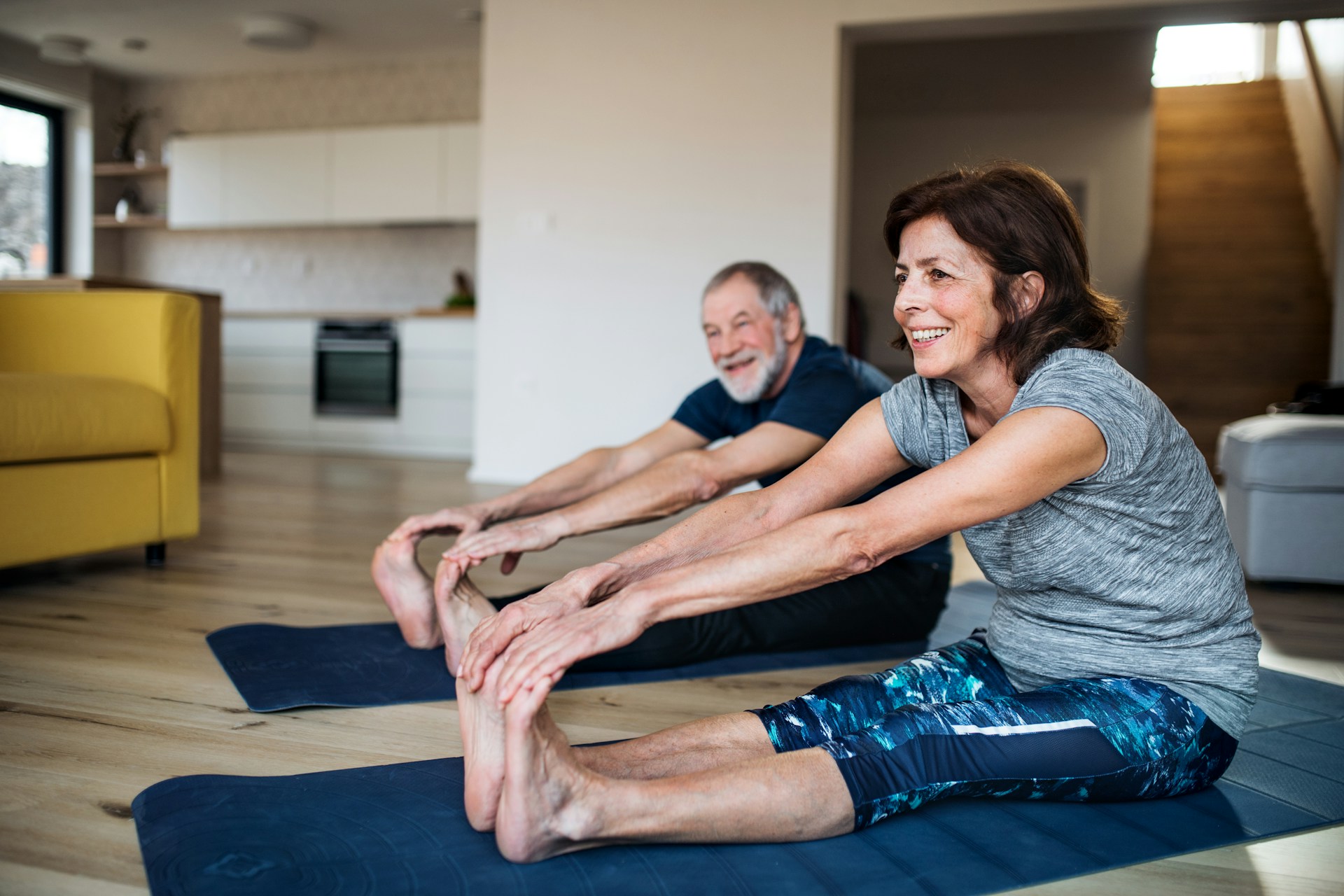
Maintaining your health and fitness after crossing the milestone of 50 requires a balanced approach and an understanding that your body’s needs evolve as you age. This wisdom comes from Garage Gym Reviews’ certified personal trainer, Kate Meier, CPT. She shares 13 insightful tips to keep you fit and active in your golden years and beyond.
Aging brings with it the need to prioritize certain aspects of fitness, such as cardiovascular health, muscle mass preservation, bone density, and improved balance. A regular exercise routine that incorporates strength training, cardio, and exercises to enhance mobility can do wonders. Add to this, a healthy, nutrition-rich diet, and you’ve got the formula to age gracefully while maintaining a fit body.
Kate Meier shares, “As you enter your 50s, the list of factors to consider as you plan your fitness regimen grows. Combining exercise, diet, and lifestyle habits is important if your goal is to get fitter overall. The following tips can help you reach your goals and maintain optimal fitness in your 50s.”
Strength Training
Strength training is a key part of any exercise routine, especially for those over 50. It helps maintain muscle mass and bone density, which are crucial for staving off injuries and staying strong as you age. But, it’s not just about muscle and bones.
“Staying consistent with resistance training is an important part of maintaining your fitness as you age,” states Meier. “Beyond improving muscle mass and bone density, strength training also helps keep your metabolism strong.”
Cardio
Cardiovascular exercise is equally vital. Regular cardio workouts like walking, jogging, cycling, or swimming are essential for heart health. It also supports healthy weight management and overall fitness.
“Cardiovascular exercise is especially important to reduce the risk of a range of age-related conditions, including heart disease,” says Meier.
Balance and mobility
Balance and mobility exercises are another key part of a well-rounded fitness routine. Achieving and maintaining good balance can prevent falls and injuries that can significantly affect one’s quality of life as they age.
“Good balance is a key aspect of healthy aging,” Meier advises. “Incorporate exercises that promote good balance to maintain good balance as you age.”
Movement
In our modern world, where desk jobs and sedentary lifestyles are commonplace, every bit of movement counts. Staying active throughout the day by taking short walks or doing some stretches can negate the detrimental effects of sitting for extended periods.
“Getting workouts in is important, but so is moving throughout your day,” says Meier.
Hydration
Hydration is another crucial factor where health and fitness are concerned. Drinking water and eating foods that hydrate the body facilitate digestion, nutrient absorption, and maintain energy levels. According to Meier, dehydration can lead to fatigue, cramps, and other health issues, derailing your fitness progress.
Sleep
Sleep is an essential aspect of maintaining good health and achieving fitness goals. Adequate sleep can boost mood, cognitive performance, and overall health, while lack of it increases your risk of chronic ailments.
“Getting enough sleep goes a long way in helping you feel good and get the most out of your workouts and day-to-day life,” says Meier.
Diet
Eating a balanced diet rich in essential nutrients can help maintain energy levels, aid recovery from workouts, and combat inflammation.
“Getting all the nutrients your body needs is important to maintaining your health as you age,” explains Meier.
Consistency
The secret weapon for achieving longevity in fitness is consistency.
“In your 50s, staying active is the best way to make sure you maintain the skills, strength, and balance you’ve built over the years,” shares Meier.
Finding joy
Finding joy in your workouts is a simple but often overlooked aspect that can make a significant difference in your motivation and commitment to staying fit.
“If you work out in a way that you love, both physical and mental health stand to benefit,” says Meier.
Workout Partner
Having a workout partner not only makes workouts more fun but also boosts motivation and accountability.
“Finding camaraderie in another fitness enthusiast with similar goals and facing the same challenges you are can work wonders for your fitness routine,” says Meier.
Protein
Your nutritional needs change as you age. Increasing protein intake can support muscle maintenance and repair, helping you stay strong and active.
“Older adults fare better when they eat more protein than younger adults,” Meier explains.
Check-ups
Regular health check-ups are vital to monitor your health and ensure your fitness routine is aligned with your overall wellness.
“Recommended screenings for certain diseases and general wellness measures like blood pressure and cholesterol help determine your risks of a range of age-associated diseases,” says Meier.
Mental Health
Mental health, though not directly related to physical fitness, plays a significant role in overall well-being.
“While your mental health may not directly impact how fit you look on the outside, it’s an overarching piece of the puzzle,” says Meier.
Using these tips, finding a balance between physical activity, good nutrition, regular health check-ups, and taking care of your mental well-being should have you feeling fit, healthy, and thriving well past 50.
Let us know what you think, please share your thoughts in the comments below.
Movement
Jennifer Garner Shares Her Secret Workout for Staying Energized at 52
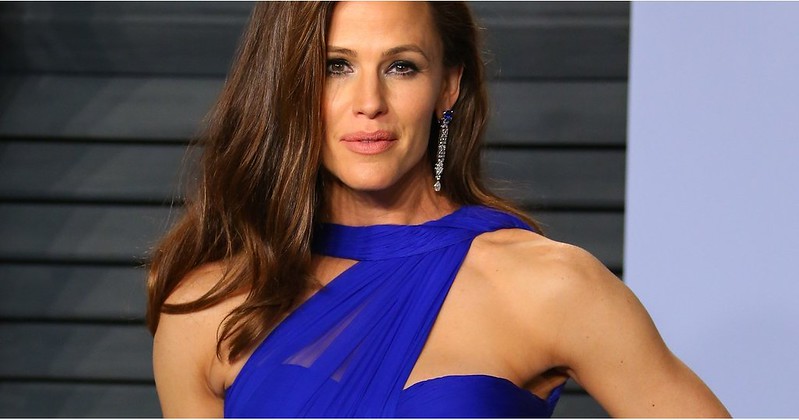
Jennifer Garner, the age-defying Hollywood actress, recently gave fans a glimpse into the secret behind her endless energy and radiance. In a video shared on Instagram, the 52-year-old star was seen enjoying a playful workout on a mini trampoline in her own residence.
This spirited exercise routine may be an integral part of how the star stays in such phenomenal shape. Martyn Oakey, a fitness expert at Everlast Gyms for Sports Direct, offered an in-depth explanation of why such an exercise is beneficial.
“Trampolining is a full-body workout that simultaneously targets and engages multiple muscle groups, such as legs, arms, back, and core,” Martyn shares.
Not only does it stimulate various parts of your body, it contributes to weight loss, too. “Since rebound-based exercises raise your heart rate and burn calories, it can also help you to lose weight when paired with a calorie deficit diet.” Martyn further highlighted the immense benefits of trampolining.
Beyond physical fitness, did you know that bouncing on a trampoline can actually boost our mood? Garner’s joyous expression in her workout video is enough supporting evidence. According to Martyn, “It is a mood-boosting activity due to its playful nature, helping to release endorphins which improve your overall happiness.”
In addition, he pointed out the importance of enjoying your workout for the long-term adherence to regular exercise. “Enjoying your exercise means you’re more likely to keep it up and stay engaged, which is useful if you’re trying to build a regular routine!”
If you’re in your 50s, like Jennifer Garner, you might want to incorporate trampoline workouts into your regimen. “It is a low-impact exercise that absorbs shock, compared to activities like running or jumping on solid ground which do not,” Martyn shared.
He further explained that this feature of trampoline workouts can help alleviate the joint pain and stiffness which are common symptoms of menopause.
Trampolining can provide tangible results if done regularly. Martyn explains that this form of exercise gradually strengthens and shapes your muscles, which in turn can improve your strength and enhance your posture over time.
Now, you might be wondering about the feasibility of incorporating a trampoline into your fitness routine. “You can buy mini trampolines in-store and online. They are usually quite space-efficient and mobile so can be moved around and placed in the perfect spot in your house,” Martyn clarified.
Furthermore, he mentioned that numerous trampoline classes are available on YouTube for guidance.
To achieve a toned physique like Jennifer Garner, Martyn suggests gradually increasing the frequency of your trampoline sessions to minimize injury risk. He recommends performing two to three sessions a week, each lasting approximately 15 minutes.
For newcomers, Martyn advises starting with stationary jumps, low jumps, and swivel hips to warm up and establish a firm control over your form. Once you master these essential skills, you can proceed with star jumps, tuck jumps, hamstring curls, and scissor kicks – a workout routine that can make you feel as spry as Jennifer Garner.
Let us know what you think, please share your thoughts in the comments below.
Movement
Boost Your Health: Discover the Power of Daily Walks
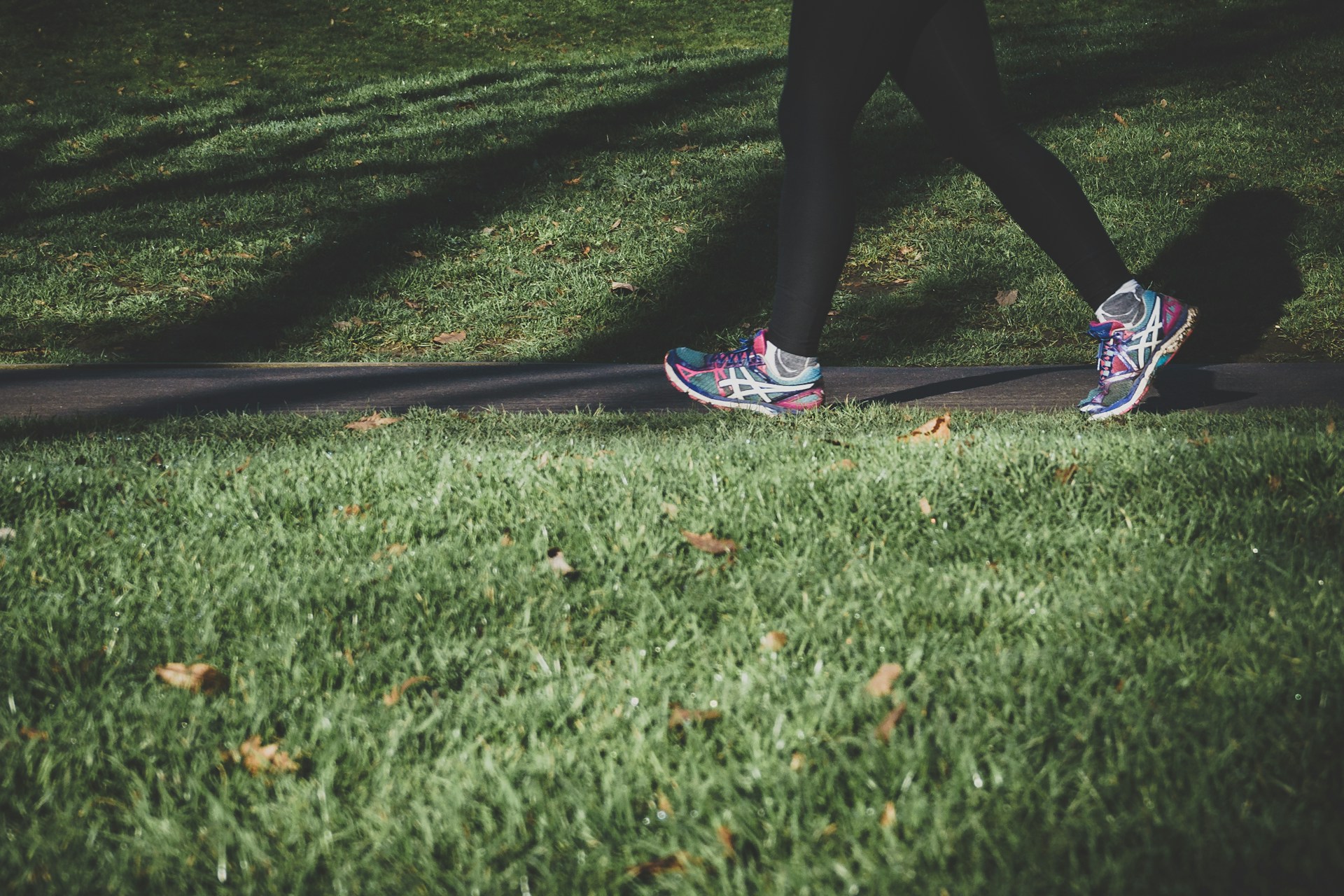
Walking is more than just a simple way to get from one place to another. It’s a powerful tool that can enhance both your physical and mental health. This is not just a personal opinion, but a fact backed by health experts. As Dr. Cedric Bryant, president and chief science officer of the American Council on Exercise, puts it, “Walking is an ideal option in terms of physical activity. It requires no specialized skill — everyone knows how to walk. It’s low impact and safe.”
The benefits of walking extend beyond the obvious physical advantages. It’s a routine that can be easily incorporated into your daily life, regardless of the weather or your schedule. A 25-minute walk every morning, for instance, can do wonders for your health.
Walking can have a significant impact on various bodily systems. According to Dr. Bryant, it can help control blood sugar levels, reducing the risk of diabetes. The U.S. Department of Health and Human Services recommends 150 to 300 minutes of moderate-intensity aerobic exercise per week. A brisk 30-minute walk five days a week fits perfectly into this recommendation.
If you’re aiming to manage or lose weight, you might need to walk a bit longer. Dr. Bryant suggests gradually increasing your walking time to 45 to 60 minutes most days. This doesn’t have to be done all at once; a 30-minute morning walk and a 20-minute post-dinner walk would suffice.
“Walking outside, being in nature, and getting out of the same place allows you to decompress, understand what’s been going on and refocus,” says Dr. Mark A. Slabaugh, an orthopedic sports medicine surgeon at Mercy Medical Center in Baltimore, Maryland. Walking outdoors can be a form of meditation, helping you connect with your thoughts, understand what’s important, and relax.
Dr. Bryant also emphasizes the benefits of outdoor walking, highlighting the positive distraction, change in scenery, and exposure to sunlight and fresh air it provides. Walking with a friend or family member, while maintaining a safe distance, can also contribute to your mental health by providing a dose of social interaction.
Walking can also stimulate your creativity. Dr. Bryant shares his personal experience: “I use walking on a personal level when I’m writing an article or editing a book — when I get stuck, I go out and walk.”
Once you establish a walking routine, you might find yourself enjoying it so much that you start to increase your walking time. “It starts to spiral upwards. If you’re walking for five minutes you might increase it to 10,” says Dr. Slabaugh. This upward trend can lead to better motivation, improved mental health, healthier food choices, and positive decisions that maintain your walking habit. So, why not start walking today?
Let us know what you think, please share your thoughts in the comments below.
-
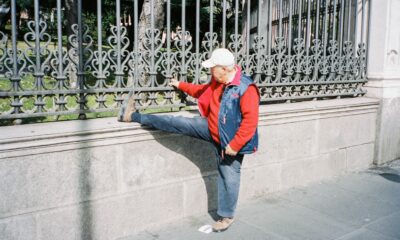
 Health10 months ago
Health10 months agoPreventing Falls and Injuries for Seniors
-

 Nutrition6 months ago
Nutrition6 months agoThe Aging Secret of Vitamin D Unveiled
-
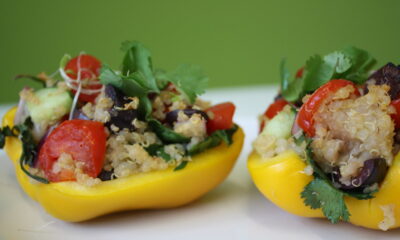
 Nutrition10 months ago
Nutrition10 months ago5 AMAZING Dinner Recipes That Are Also HEALTHY
-

 Health2 months ago
Health2 months ago17-Second Neuropathy Solution
-

 Health1 month ago
Health1 month agoOncologist Reveals Top 5 Cancer Prevention Tips You Shouldn’t Ignore
-
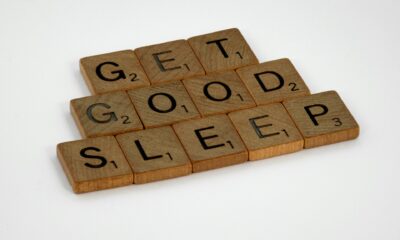
 Lifestyle2 months ago
Lifestyle2 months agoSleep Soundly with These 11 Expert-Approved Bedtime Routines
-
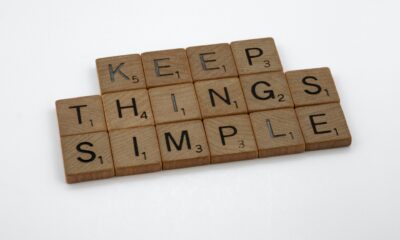
 Health7 months ago
Health7 months agoDownsizing Tips: Simplifying Your Lifestyle
-
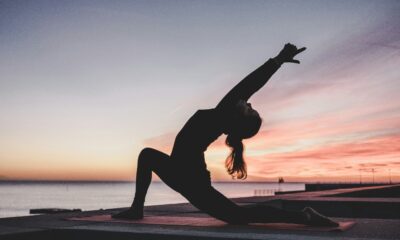
 Health5 months ago
Health5 months agoBoost Your Heart Health: Simple Tips for Seniors
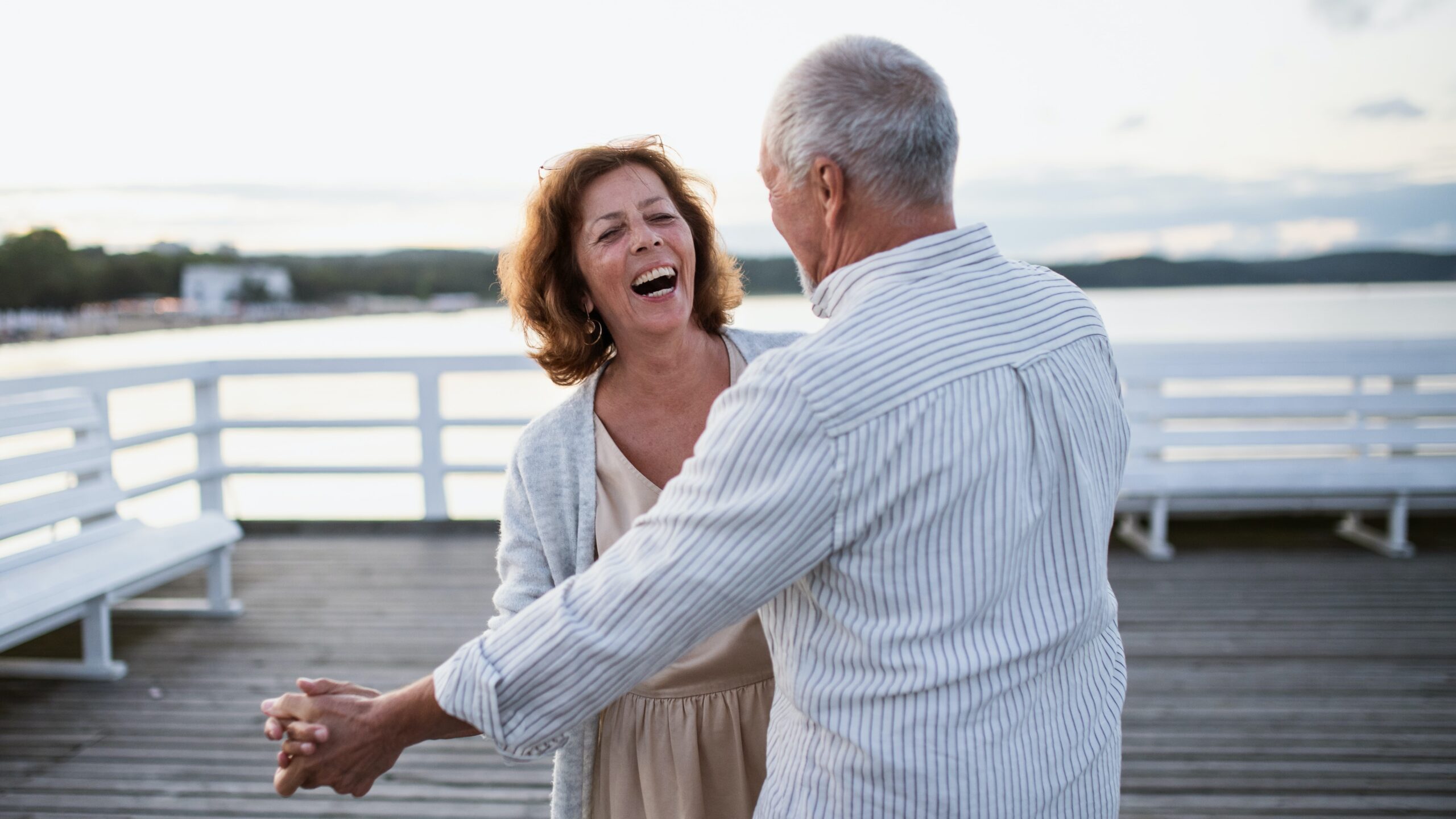
Stan Patscheck
October 31, 2023 at 4:55 pm
This might be helpful if I had real knees. Knee replacement doesn’t allow for this kind of activity.